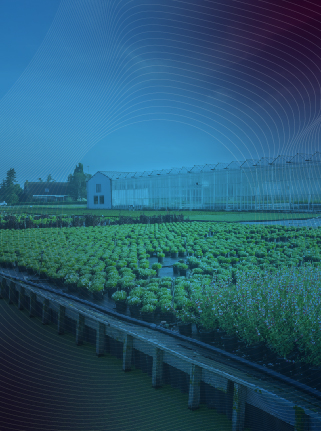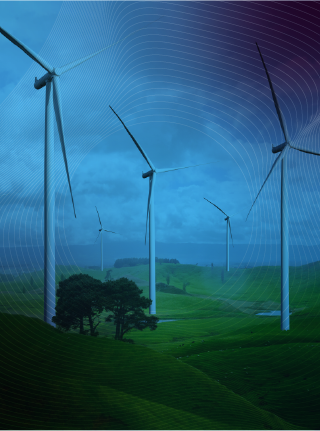Problem
The current management of climate finance faces a number of challenges, including but not limited to: difficulties in establishing standards and definitions; lack of transparency and accountability; infrequent monitoring and evaluation; and issues of overlapping and double counting; all of which are acknowledged despite the importance of technology and innovation in addressing climate change. The urgent need for money, the dispersed nature of the actors, and the sheer volume of resources involved all contribute to the inefficiency, indecision, and even corruption that plagues climate finance management.
Solution
Blockchain technology can be used to address the challenges faced in climate finance, such as difficulties in establishing standards and definitions, lack of transparency and accountability, low frequency of monitoring and evaluation processes, and overlapping and double counting. Blockchain’s characteristics such as transparency, time stamping and traceability, trust minimization, identity management, privacy, immutability, decentralization and reliable data storage, and compliance can be leveraged to improve the efficiency and effectiveness of the funding and management of climate initiatives.
Close





